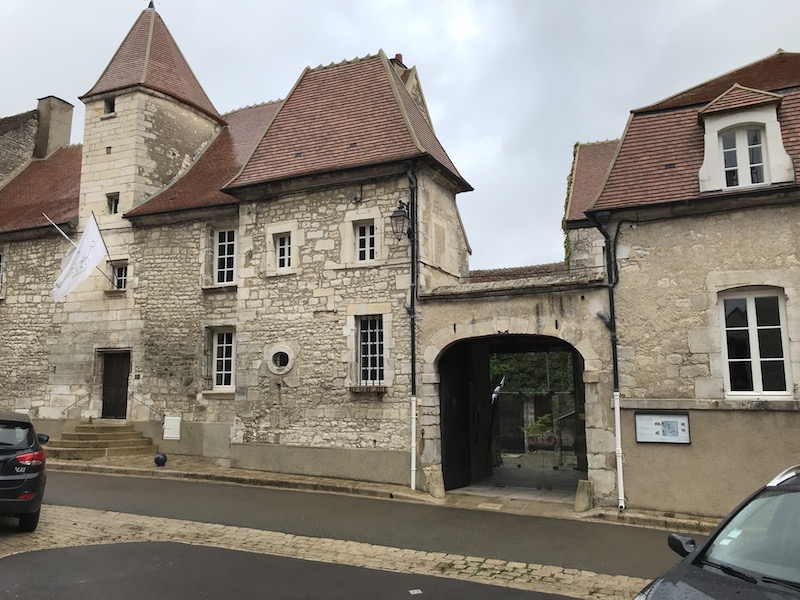Our Blog - Chablis, France
Any trip to Burgundy must include the Chablis area, as well as the small town of Chablis. The history of the town goes back to a monastery given to Charles the Bald in 867. The town continued, being pillaged several times until 1403, when the town was surrounded by a fortification wall with 3 gates and 29 towers. While it is a cute little town, there probably would be nothing there if it weren't for Chablis wine.
So what is Chablis wine? Chablis is an AOC (d'appellation d'origine contrôlée) that defines "regulations" around a small set of wines that come from around the town of Chablis. The geology of the region around Chablis is interesting, especially for wine. It is a limestone plateau dating from the Jurassic period, deeply cut by valleys. The composition of the soil in the valley is different than that at the top of the plateau as well as on the slopes. This is a good topographical map with colors indicating the 4 different areas: Petit Chablis, Chablis, Chablis Premier Cru, and Chablis Grand Cru. The darkest areas are Grand Cru and they are the smallest (and normally the more expensive). They are the grapes harvested on the best exposed slopes, that is to say, those exposed to the south and west as they receive more sun there. Within each area, there are smaller subsections called "climates", and in many cases, it is these "climates" that are listed on the wine labels. Chablis wines are dry white wines made from Chardonnay grapes (called Beaunnois in Chablis). Today, 75% of Chablis wines are exported, mainly to the United Kingdom, Japan and Germany.

After a morning of wine tasting, we headed into the town. We entered through the Porte Sud or South Gate. The gate and wall cate from the 15th century, while the towers were built in 1778. Just outside of the gate is a monument to the dead, to honor those who died in the various wars from the village.



One of the houses that we walked by, with mullion windows.

Poterne Chenneton, which is another one of the gates in the fortification walls that still remains. This one is a bit different from the South Gate. The South Gate was meant to be a principal entry, while a "poterne" is a small, discreet door which allowed the inhabitants to leave or enter without being noticed, especially if there is a hostile group laying siege to the town. At the beginning of the 15th century, the fortifications of the 10th and 12th centuries only protected one fifth of the population. A new wall was built, completed in 1421. It had twenty-nine towers, three main gates and three posterns. The wall was 8 meters high and 1.50 meters thick, surrounded by the ditches 10 meters wide.

The Obédiencerie building, a former monastery dating from the 9th century, where the first Chablis wines were created.

In this house, the Old Printer "Lerouge", Pierre and Jean Lerouge founded the 5th printing press in France, in 1478.

Unfortunately, Église Saint-Pierre was not open when we went by, so we could only get an exterior picture. This was the main town church until 1792, although the building dates back to the 12th and 13th centuries. The bell tower was reconstructed in the 18th century and the choir and transepts disappeared during the French Revolution.
